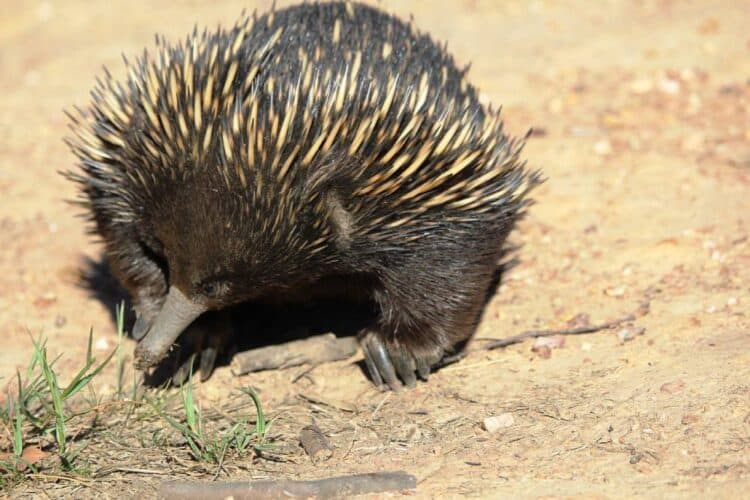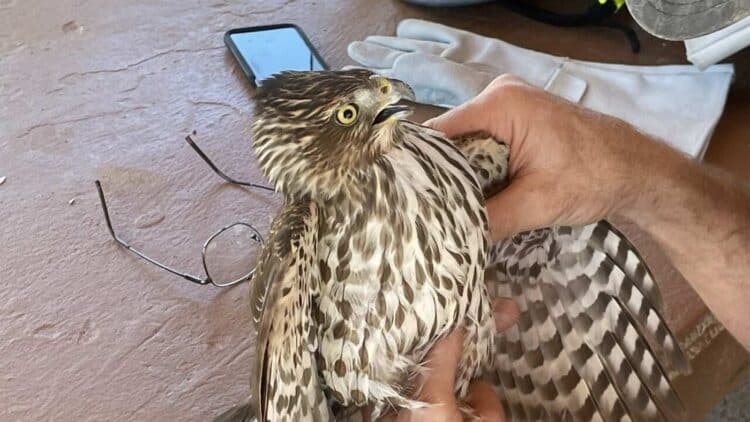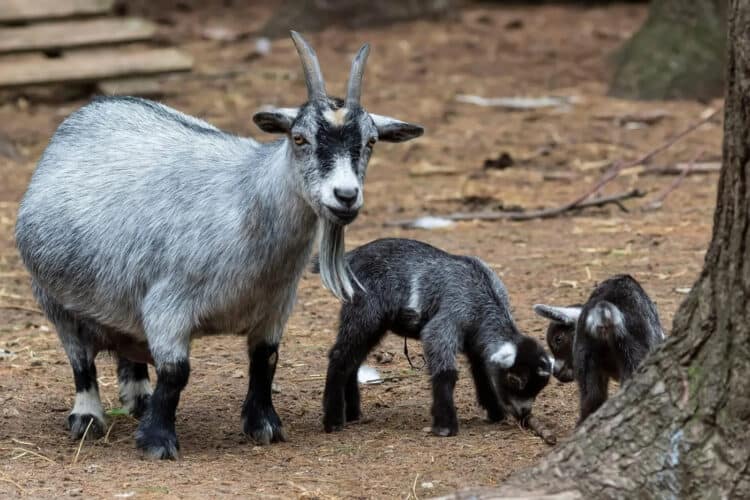Have you ever visited a zoo only to find that all the animals are sleeping or inside their shelters? Visiting early in the morning is a good way to help ensure the animals are active and awake, but nothing will guarantee active animals. However, no matter when you visit or what the weather is like, some animals are more active and are more likely to be interacting with visitors, keepers, and each other.
Otters
Otters are a perennial favorite among children. They are friendly, love attention, and often interact with zoo visitors. All of the different kinds of otters live in and around water and enjoy swimming, playing in the water, and sliding down banks. They are carnivorous and are members of the same family as the weasel. As such they are smart and cunning predators.
Monkeys
One of the most fun kinds of animals at the zoo, monkeys capture a lot of attention. Partly because they’re so active and adventurous, and partly because they’re cute, many people head straight for the primate house when they visit the zoo. Monkeys are usually very social and it’s interesting to learn about their behaviors and relationships before visiting the zoo.
Various types of monkeys have different and very interesting behavioral patterns worth seeing in person. You can get more info on RainForest Adventures Zoo and how these animals thrive in the wild. Seeing them run around, play with each other, and even use tools can be quite fascinating.
Lemurs
Lemurs, like monkeys, are active and fun to watch. They interact with their family members and jump, run, and climb around their enclosures. Lemurs are primates but aren’t monkeys or apes. They tend to have very long tails and are omnivores, happily eating a variety of different kinds of food.
Penguins
Penguins are always a favorite animal at the zoo. They are fun and active and if you can visit at feeding time, it’s even better. While many people think penguins are solely polar animals, the fact is they can be found in many places in the southern hemisphere, including the Galapagos Islands. Penguins are especially fun to watch when they are swimming. These flightless birds use their flippers to “fly” in the water and it’s very interesting to watch.
Tortoises
Turtles and tortoises are animals that many people love. They are slow, chunky, and have an expression of old, wizened wisdom. Tortoises aren’t active and exciting like many favorite zoo animals, but people love watching them anyway. In some zoos, you can see giant tortoises like the Galapagos giant tortoise. It’s amazing how big these animals can get! Tortoises are also interesting for their long age- some species can live for 250 years.
Elephants
Elephants are always a favorite zoo animal. Who isn’t awed by the largest land animals on earth? As an added bonus, elephants tend to be fun to watch as they eat, spray water and mud, and interact. While they are usually slow and seem a bit lumbering, they have the ability to run very quickly, although you probably won’t see it happen in a zoo. If you can visit the zoo when there’s a baby elephant in attendance, it’s even more interesting as you can see how the adults interact with and take care of the little one. Elephants in zoos are trained in behaviors that are designed to help zookeepers with their caretaking duties, such as lifting their feet on command. In some zoos, these training sessions are done in public where visitors can watch.
Prairie Dogs
Prairie dogs are unexpected and delightful zoo occupants. Native to the Great Plains of North America, prairie dogs are social rodents that form large towns, or colonies, where they dig burrows and live together in complex families. Prairie dogs have developed a huge vocabulary of squeaks, squeals, and other sounds that they use to communicate. If they are active and undisturbed, a prairie dog town can be a noisy place. While they are grazing and spending time above ground, they establish lookouts that warn the group of any potential danger.
Meerkats
Meerkats are fun, active, and social animals to watch at the zoo. They form social groups and interact with each other by grooming and playing. They live in underground burrows and are known for standing up on their hind legs, which allows them to watch for predators. These members of the mongoose family mostly live on insects but also enjoy other small animals. Interestingly, meerkats are immune to some insect venoms.
Parrots
Parrots can be fun animals to watch as they are usually pretty active and like to climb around in their cage, play with toys, interact with visitors, and eat. Even though many parrots don’t talk, most zoo visitors can’t resist the temptation to say hello to them. In some zoos, the parrots are trained, and you may be able to see a demonstration.
Seals
Seals are some of the most fun animals to see in the zoo or aquarium and they tend to be active and fun to watch. Seals and sea lions can’t be found in every zoo, but where you can find them, they are often interesting to watch. In some zoos, seals and sea lions have trained behaviors and if you visit at the right time you can see them being trained and fed.
Dolphins
Dolphins are social and active, making them fun to watch if you can visit an aquarium where they are kept. Dolphins are one of the favorite animals of many people, so they are always popular. They are also highly trainable, and if you can find the right time or place, you may be able to watch training in action. One of the most famous dolphins, Winter, is the star of her own movie about how she learned to live without a tail. She can be seen in a zoo in Florida.
Conclusion
While it’s always fun to visit the zoo, it can be even more fun, especially for kids, if you plan your visit strategically to see some of the more active animals. You can also plan your visit around the more active times of the day. For example, you can plan your visit so that you are watching the big cats in the early morning rather than during the middle of the day when they prefer to sleep.







Leave a Reply